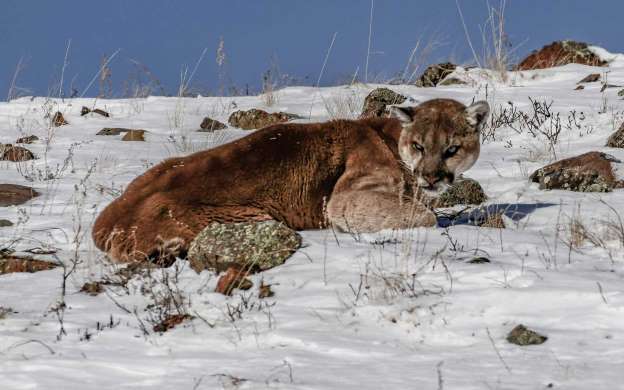Does mountain biking affect flora and fauna any more than hikers and horseback riders do?
More particularly, should the hastily growing number of cyclists in the backcountry of Greater Yellowstone negatively affect the most iconic species—grizzly bears—living in America’s best-recognized wildland atmosphere?
It’s a point of rivalry in the debate over how lots of the Gallatin Mountains, managed with the aid of the U.S. Forest Service, should get hold of multiplied protection underneath the 1964 Wilderness Act. The wildest core of the Gallatin’s, placed just past Yellowstone National Park and lengthening northward toward Bozeman’s lower back door, is a hundred and fifty-five,000-acre Buffalo-Porcupine Creek Wilderness Study Area.
 Not simplest is the fate of the Gallati, which isn considered a national conservation difficulty, considering its significance to the fitness of the atmosphere maintaining Yellowstone; however, strains of the war of words have opened within the conservation community.
Not simplest is the fate of the Gallati, which isn considered a national conservation difficulty, considering its significance to the fitness of the atmosphere maintaining Yellowstone; however, strains of the war of words have opened within the conservation community.
The Gallatin Forest Partnership, led with the aid of the Greater Yellowstone Coalition, The Wilderness Society, and Montana Wilderness Association and aligned with mountain cycling corporations, seeks to have 102,000 acres included as a barren region inside the Gallatin. However, it doesn’t encompass the Buffalo Horn-Porcupine.
“So far, I even have only visible people who need mountain bikers to sacrifice, and the assumption [is] that this may help wildlife,” wrote Adam Oliver, founder of the Southwest Montana Mountain Bike Association lately at the Bozone Listserv. “Show me the science; show me incorrect.”
Meanwhile, Montanans for Gallatin Wilderness and its allies want 230,000 acres accelerated to wilderness fame, particularly the Buffalo Horn-Porcupine. Their proposal has attracted vast assistance from outstanding conservation biologists, retired land managers, well-known businesspeople, and citizens nationwide. They say they aren’t anti-mountain biking; rather, they’re “pro-grizzly undergo” and want foresighted flora and fauna protection in an age of weather exchange, hastily increasing human development footprint emanating from Bozeman and Big Sky, and growing stages of outdoors recreation.
One flashpoint gambling out publicly has been an online forum known as the Bozone Listserv, which functions like a digital network bulletin board. Cycling advocates have claimed that using their motorcycles in grizzly does not have extreme effects. None worse, they insist, than hikers, horseback riders, and motorized recreationists.
If the Buffalo Horn-Porcupine’s popularity improved from a barren region to a complete Capital “W” wasteland, motorized customers and mountain bikers might be prohibited. However, illegalincursionsn and trailblazing by motorized users and mountain bikers have already occurred in the desert. Look at the area with little enforcement coming from the Forest Service.
“So far, I even have simplest visible those who want mountain bikers to sacrifice, and the belief [is] that this may assist flora and fauna,” wrote Adam Oliver, founder of the Southwest Montana Mountain Bike Association, on the Bozone Listserv. “Show me the technology, prove me incorrect, or be inclined to give up something yourself.”
If Mr. Oliver wants to be proven the expert science relating to mountain motorcycles and issues with grizzlies, he needs the handiest touch of Dr. Christopher Servheen. Servheen retired from authority provider and spent four years at the helm of the U.S. Fish and Wildlife Service’s Grizzly Bear Recovery Team within the West. He is an adjunct studies professor in the Department of Ecosystem and Conservation Sciences at the University of Montana.
Servheen says that no matter assertions through mountain bikers, the medical proof of an effect is quite clear, primarily based on human-bear incidents that have occurred, through thousands of hours of discipline statements,s and radio tracking of grizzlies.
“I do trust that mountain bikes are a grave chance to bears—both grizzly and black bears—for plenty motives, and these are distinct within the Treat file and suggestions,” Servheen informed Mountain Journal. “High speed and quiet human interest in bear habitat is a grave threat to bears and human safety, and without a doubt, it can displace bears from trails and along trails. Bikes additionally degrade the wilderness character of untamed regions through the mechanized tour at odd speeds.”











